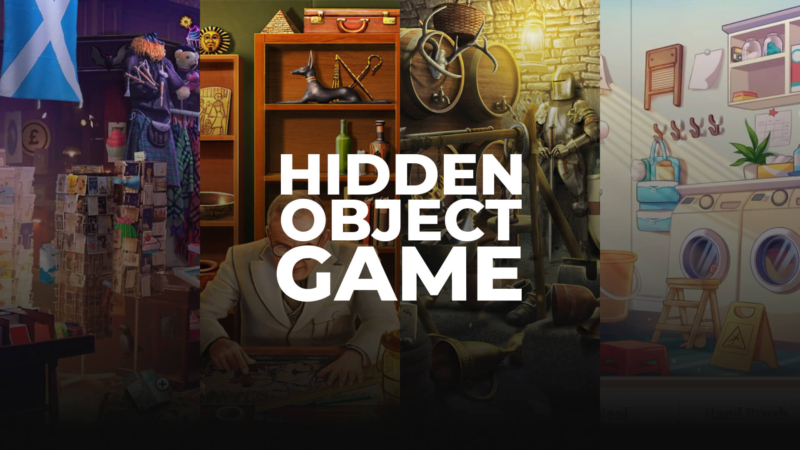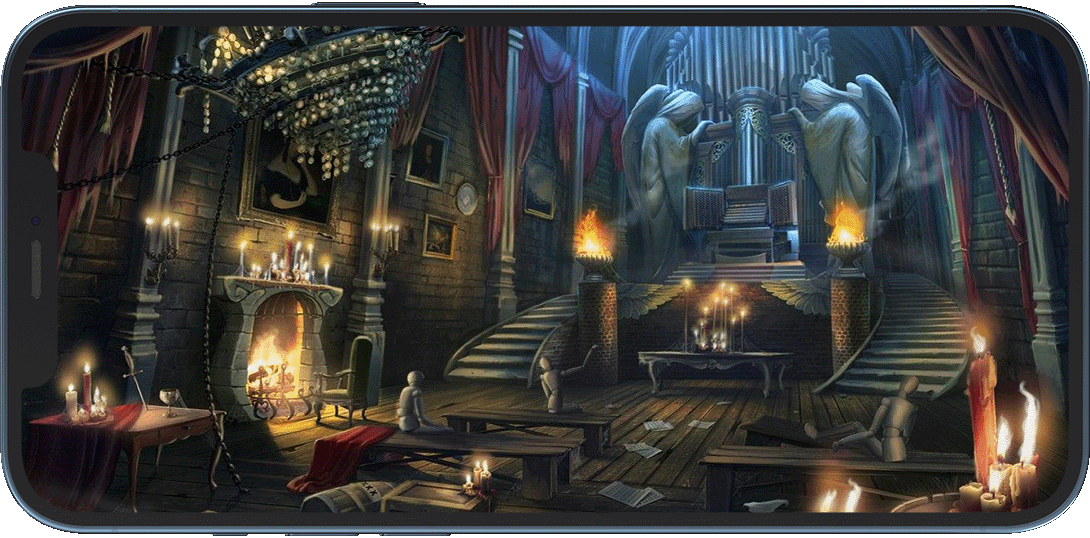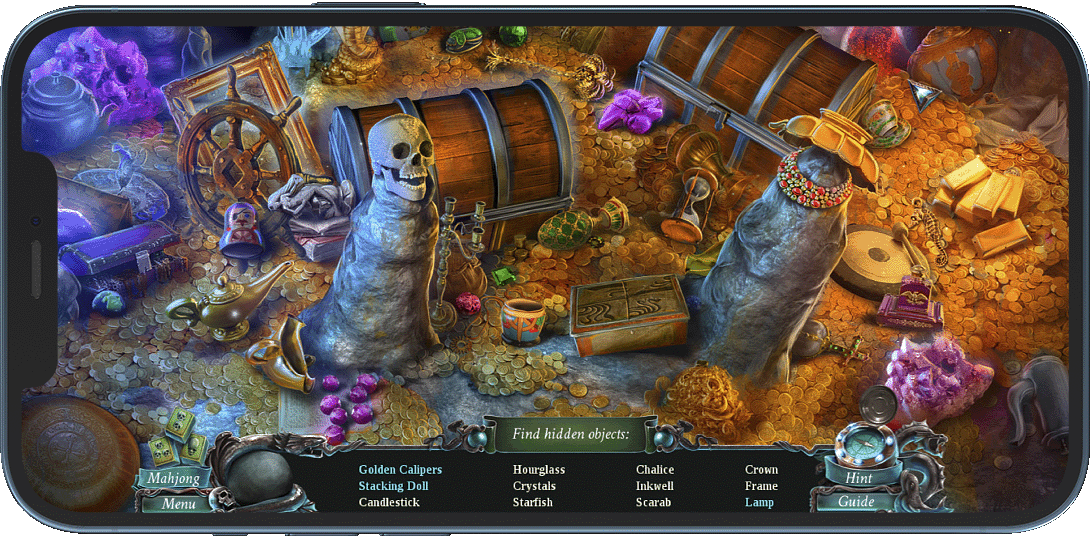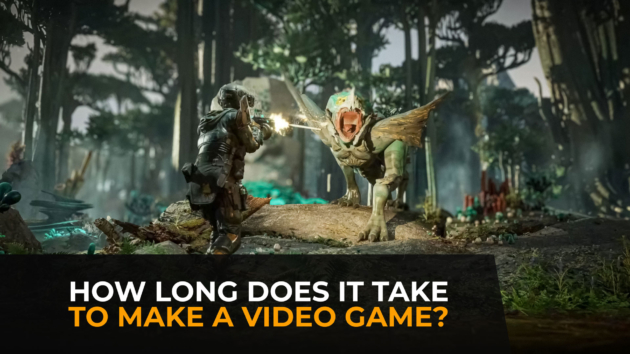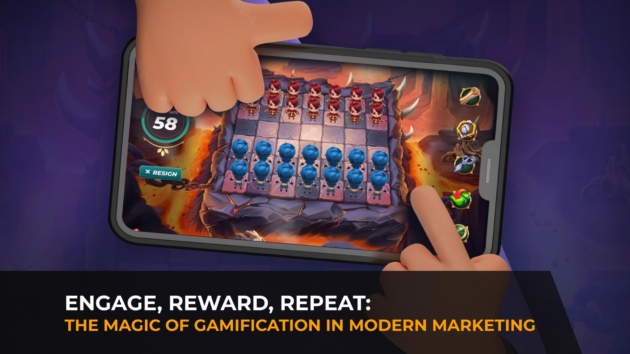From the 1990s to the present, games with hidden items still capture gamers from every corner of the world. Although the genre’s development path has been somewhat suppressed compared to other genres such as Match-3, they are still popular with customers.
In the last decade, the developers rethought the algorithm of games with hidden objects many times but never reached the ideal version. Let’s try to figure out how to create such an interesting game.
Genre
Games with hidden objects are attractive because they allow gamers to slow down and relax, which is very far from action games. Also, one of the features of this genre is the atmosphere. Often, games of this type are not limited to PC and mobile devices. There are many console versions in which you can lure friends to find items.
The step-by-step game creation process
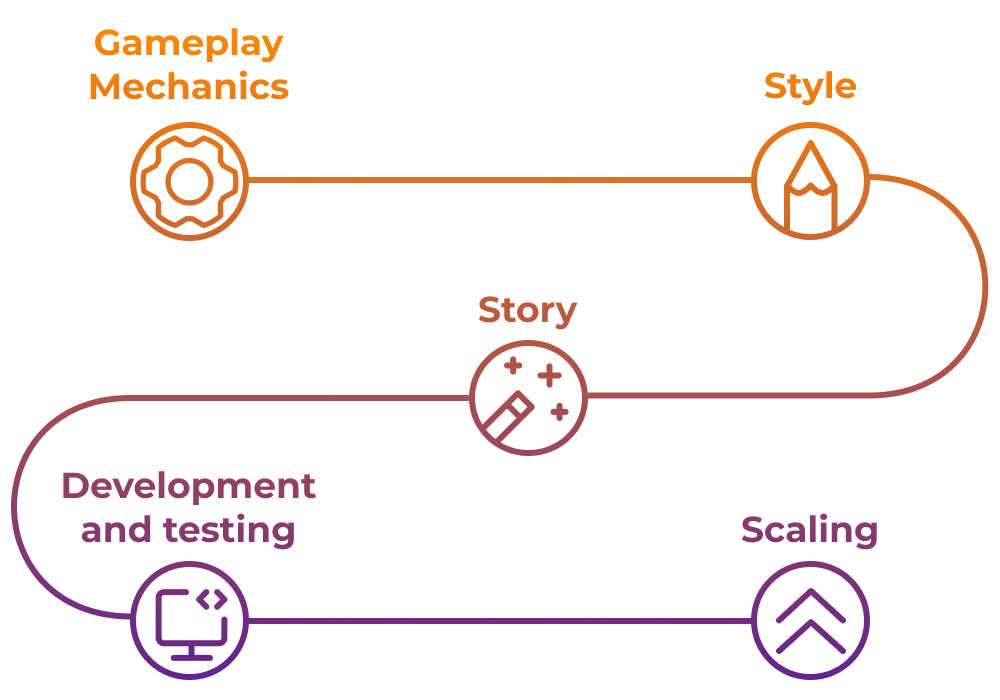
Step 1. Create a document that describes the gameplay mechanics and the desired amount of content (levels, pictures, objects, final parts, etc.).
Step 2. Here you need to concentrate and come up with a target game style and a theme around which you can focus the game. You should check out other successful games in this genre to make sure that you will not copy their style and theme. You should collect your picture of the game and view it against the background of others. All objects in the game must be in contrast so that they can be distinguished from each other.
Step 3. Invent a story that will interest everyone and make them download the game.
Step 4. Create the first level and let it be tested by any people who are unfamiliar with your game. At this stage, you need to carefully collect all the reviews and look for key issues and advice.
Step 5. Scale and continue to improve the one that is already working. Do not forget to periodically make playtests so as not to deviate from the main course of development.
Advanced Fine-Tuning Options
Make sure players have enough space to explore new areas without getting stuck in tight spots.
Create rooms, doors, and zones inside the main level—this will help to divide the level into several zones or mini-games.
Always be ready to experiment by adding fresh ideas such as new types of hidden objects, different layouts of rooms, etc.
Keep in mind that the best way to learn which new elements work is to test them.
Storytelling
Now, depending on the chosen protagonist, you can search for different objects. These items can be radically different, from colors of the same color to patterns on the ceiling. Always finding such hidden details should lead to rewards. Therefore, when you create a story, you should interest the player in each character and his stories.
Creating an unforgettable art environment
When creating a game, you should understand that, in addition to an interesting story, the player should be interested in the design and their contributions to the development of the story. The environment should be simple: a good option is to divide the environment into smaller sections in which to look. This will help players quickly determine where they are going and what to do. But you should watch for balance, so as not to become too bored or, vice versa, heavy.
The importance of illustrations and artistic style
Which is preferable, cartoon or realism? First of all, you need to understand that players should be able to quickly identify items. Here you can scam and choose to search for more common things such as a winch, table, cup, etc. Because if players can’t figure out which items to find, they will quickly abandon the game and be disappointed. Therefore, when choosing visual elements, it is better to define the target artistic style at the stage of preparation for production, so that all graphic objects observe the same style and work together as one.
Create in-game animation without rebooting
Games with hidden objects allow you to get an exciting experience while being in the same room for a long time. But here too, there are disadvantages, because the game may start to annoy you.
One way to avoid this is to create a large animated sequence that loops. This will help dilute the monotony of the room a little.
The most common type of animation in games with hidden objects is when the user finds something that may be difficult to see. When you click on the object to be found, it shows a fun animation for each object. The most common animations are things that come out of the scene or rotating elements until they cannot be identified as what you are looking for.
It is also common to encounter animations that are used during transitions between rooms or scenes. These can vary depending on the items found, screen movement, player area, etc.
The importance of adaptive game design
Screen sizes vary across all platforms and devices. This should be considered part of game development. To avoid creating items that are only available on a particular device.
Game atmosphere
The power of object-seeking games is their ability to relax players in their atmosphere and make them feel safe for a long time.
If you want to create your own exciting game – contact us. We will discuss your idea and make it a reality.
